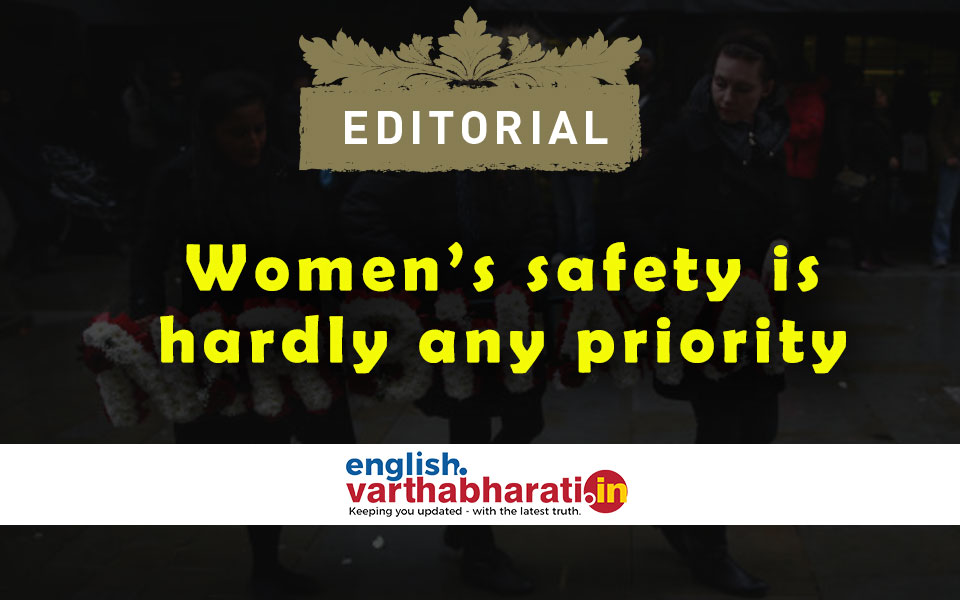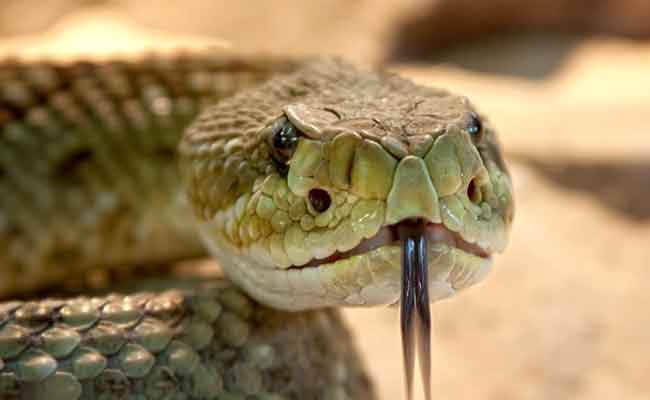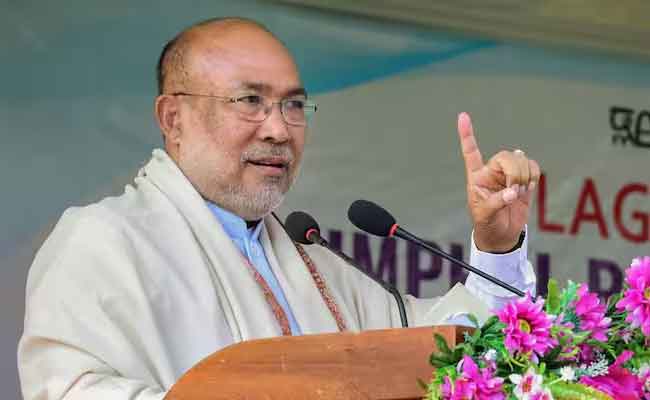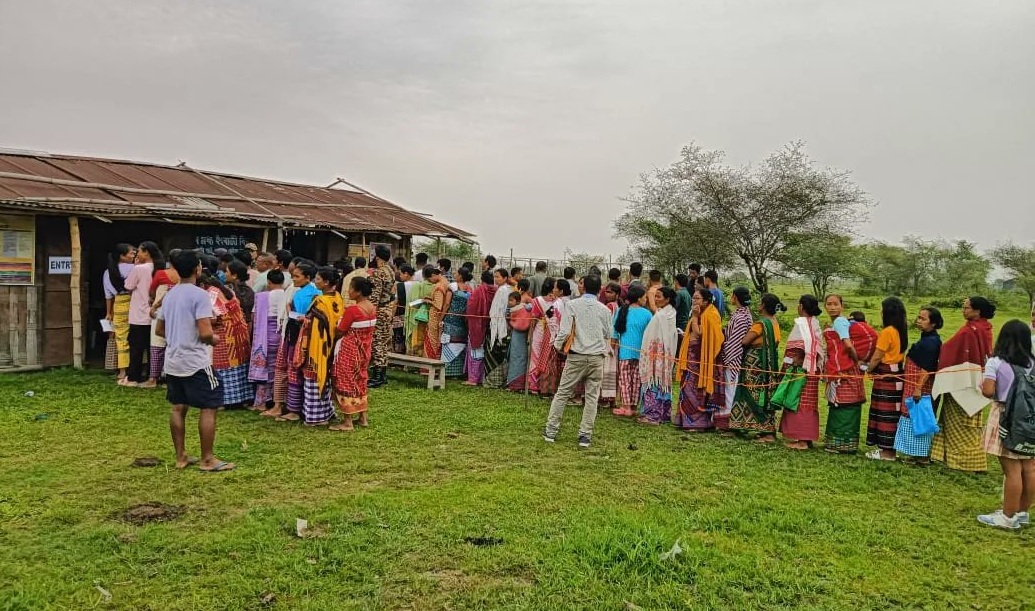The Nirbhaya incident shook the country like a thousand thunders would. It brought focus on the issues of safety of women in the country. It was even responsible for starting many pertinent discussions that brought focus on framing laws to ensure safety of women. Though the incident happened in Delhi, the outrage was not restricted to that city alone but the whole country responded to it with anger and frustration.
This incident caused major embarrassment to the UPA government which went on to establish the ‘Nirbhaya Fund’ from the subsequent budget. The government created this fund to create an ecosystem to increase the security and safety of women in 2013. The allegations of this fund being misused were being heard from the very days of its initiation. Now the parliamentary affairs committee reveals that this fund that should have been for the victims of crimes has been used for construction of buildings. This mocks the very purpose for which the fund was established in the first place.
Reports suggest that crimes against women are increasing under Modi government. This government that speaks often about women, culture, respect, pride etc should have actually added more financial resources to this fund. Instead, the government has proved its priorities by using that fund for other purposes. This misuse of funds is not restricted to Nirbhaya fund alone. A Dalit leader has expressed his concern about social welfare fund reserved for empowerment of SC/STs being returned to the government and the money reserved for Dalit empowerment being used for other purposes.
The reason for returning the money that is reserved for Dalits could be the vested interests of officers. They have utter dislike towards using money for the progress of Dalits. The reason for this could be presence of mostly upper caste officers in higher levels of the government. Modi government imposed tax on people for Swachata Andolan but the result of this cess is not known. A big part of this is being used for advertisements. After this, it would be spent on meetings and some comic acts by the politicians. Rest of it would finally fill the pockets of the officers. What is the use of this fund to those who really take part in the ‘Swachata’ of this country?
Our labourers are the ones who directly take part in the process of cleaning up cities. Even now the governments are not able to give modern equipment to those Pourakarmikas who get themselves dirtied to keep our cities clean. We only see reports of ‘modern equipment’ being given to the labourers, but they never reach those who work. That money is used by someone powerful in the large scheme of things.
Prime Minister Modi who keeps talking about cleanliness has never spoken on the welfare of Pourakarmikas and their progress. The number of Dalits who die getting down to clear clogged manholes hasn’t come down at all. If the government had given at least Rs 20 lakh to the family of the person who died like this, the tax collected for Swachata Andolan would have served its purpose. But even one percent of the money collected isn’t reaching the Pourakarmikas. The money reserved to improve the conditions of the poverty stricken isn’t any different either. Now with Ayush being introduced, government hospitals have been weakened.
Earlier, government hospitals followed Allopathy. But now with the introduction of Homeopathy and Unani which are supported with government funds, the impactful medicines distributed to the poor through government hospitals has been reduced. The poor still depend on Allopathy for most of their illnesses. The choice of Unani and Homeopathy or Ayurveda must be left to the patients. Only those with faith on such methods of medicine should be allowed to choose. Instead, the poor shouldn’t be pushed towards Ayush. Because this method does not have medicines for many illnesses.
Ayush falls silent in front of delivery, TB, AIDS, Cancer etc. Not just that, most medicines are not even known to be impactful. Many people have lost their financial resources in dairy farming. The Gau Rakshaks are using up the money reserved for cow safety. The gau rakshaks are making money by stopping the sale of cows. Farmers are suffering owing to unscientific Goshalas being opened which are using up the resources reserved for the farmers. Fake Gau Rakshaks are usurping all the money for this purpose. On the other hand, politicians and industrialists are looting farmers’ money in the name of organic farming too. Just setting up funds for women and the weaker sections does not absolve the government of its responsibility. Only when the system ensures this is spent for the right purpose, does the society limp towards any improvement.
Let the Truth be known. If you read VB and like VB, please be a VB Supporter and Help us deliver the Truth to one and all.
New Delhi (PTI): Fossils recovered from Kutch in Gujarat may have belonged to the spine of one of the largest snakes to have ever lived, according to new research from the Indian Institute of Technology Roorkee.
From the Panandhro Lignite Mine, researchers discovered 27 "mostly well-preserved" bones forming the snake's spinal column, or vertebra, with some connections still intact. They said the vertebrae appeared to be from a fully-grown animal.
The snake is estimated to be between roughly 11 and 15 metres long, comparable in size only to the extinct Titanoboa, known to be the longest snake to have ever lived, the researchers said. Owing to its size, it may have been a "slow-moving ambush predator," similar to an anaconda, they said. The findings are published in the journal Scientific Reports.
The researchers have named this newly discovered snake species 'Vasuki Indicus' (V. Indicus) after the mythical snake round the neck of the Hindu deity Shiva and in reference to its country of discovery, India. V. Indicus is part of the now extinct madtsoiidae family, known to have lived across a broad geography, including Africa, Europe and India, they added.
The authors said the snake represented a "distinct lineage" originating in India which then spread via southern Europe to Africa during the Eocene, about 56 to 34 million years ago. The first ancestors and close relatives of the modern mammal species are said to have appeared in the Eocene period.
The authors dated the fossils to the Middle Eocene period, roughly 47 million years ago.
The vertebrae, measuring between 38 and 62 millimetres in length, and between 62 and 111 millimetres in width, suggested V. Indicus to possibly have had a broad, cylindrical body, the researchers said.
They extrapolated the measurements of V. Indicus to be between 10.9 and 15.2 metres in length.
Despite uncertainties in estimates, the researchers said the snake was comparable in size to Titanoboa, the fossils of which were first discovered in the 2000s from present day Colombia.





